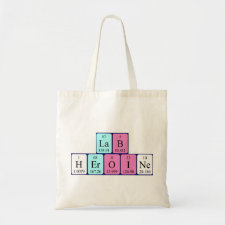
Authors: Chen AH, Huang YY
Article Title: Adsorption of Remazol Black 5 from aqueous solution by the templated crosslinked-chitosans.
Publication date: 2010
Journal: Journal of Hazardous Materials
Volume: 177
Issue: (1-3)
Page numbers: 668-675.
DOI: 10.1016/j.jhazmat.2009.12.083
Alternative URL: http://www.sciencedirect.com/science/article/B6TGF-4Y0T979-3/2/45b054f5675e5dcf1d15ba98d4bb1194
Abstract: The templated crosslinked-chitosan microparticles prepared using the imprinting method with the Remazol Black5 (RB5) dye as a template, epichlorohydrin (ECH) as a crosslinker, and sodium hydroxide (NaOH) solution used for the microparticle formation showed the highest adsorption capacity for the RB5 dye compared with those that used other methods with or without a template, three crosslinkers, and two microparticle formations. The results showed that the adsorption of the RB5 dye on the microparticles was affected by the microparticle size, the initial dye concentration, the initial pH value, as well as the temperature. Both kinetics and thermodynamic parameters of the adsorption process were estimated. These data indicated an exothermic spontaneous adsorption process that kinetically followed the second-order adsorption process. Equilibrium experiments fitted well the Langmuir isotherm model, and the maximum monolayer adsorption capacity for the RB5 dye was 2941ámg/g. The competition study showed that the adsorption of the RB5 dye on the microparticles in the mixture solution was much less affected by the existence of the 3R dye than the other way around. Furthermore, the microparticles could be regenerated through the desorption of the dye in pH 10.0 of NaOH solution and could be reused to adsorb the dye again
Template and target information: Remazol Black5 dye, RB5
Author keywords: adsorption, Remazol Black5, Templated crosslinked-chitosan, Competition, Regeneration



Join the Society for Molecular Imprinting

New items RSS feed
Sign-up for e-mail updates:
Choose between receiving an occasional newsletter or more frequent e-mail alerts.
Click here to go to the sign-up page.
Is your name elemental or peptidic? Enter your name and find out by clicking either of the buttons below!
Other products you may like:
 MIPdatabase
MIPdatabase









